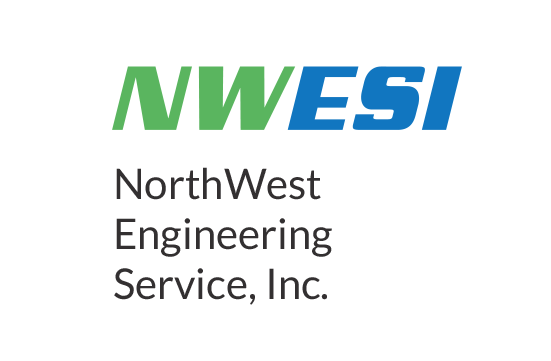As buildings age and HVAC systems are modified, efficiencies quickly deteriorate and systems often operate in off-design conditions. A thorough survey with facilities mapping is the first step to identifying solutions. A building HVAC tune-up will optimize energy and water performance by identifying action items related to building operations and maintenance, often at relatively low cost.
Over time, building HVAC systems need to be inspected and adjusted. Regular checkups and screening tests are invaluable in detecting problems early, while they are easier and less expensive to correct.
Building HVAC Tune-up benefits
HVAC systems are often difficult to maintain at peak performance due to their complexity, the “invisible” natures of air and heat, and perhaps most importantly, the wide variation in perceived environment by building occupants. Even with effective controls and active management by well-trained facilities teams, it’s common for buildings to drift into off-design conditions within a few years of installation. A regular tune-up will correct these, reducing operating costs, extending equipment life, and improving occupant comfort.
When should you consider a tune-up?
Red flags that indicate an HVAC tune-up is needed are: energy use is higher than expected (high utility bills), performance issues with the equipment, or ongoing complaints from occupants. HVAC equipment is responsible for nearly half of the total building consumption of energy use in typical commercial buildings, offering significant potential for a quick return on investment and cost savings that could be used for other facilities improvements.
NWESI conducts the appropriate tune-ups (investigations, troubleshooting, and adjustments) to resolve issues related to the HVAC system’s performance. A thorough ventilation survey with facilities mapping is the first step in identifying solutions. Tune-ups should be performed regularly, and especially before major renovations.
What is included in our tune-up services?
- System surveys
- Air and Hydronics Measurements and Mapping
- Controls/Sequence of Operation Evaluations
- Capacity and Expansion Assessments
- Benchmark operating conditions
- Document Operating Conditions and Energy Use
- Assess Equipment Health
- Evaluate Staff Concerns and Training Opportunities
- Room ventilation surveys
- Room Air Changes per Hour (ACH)
- Outside Air Ventilation Rates
- Fume hood performance verification
- Calibration of Alarm Devices
- Airflow Verification


